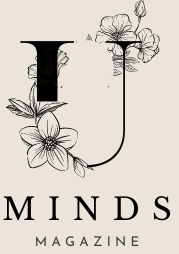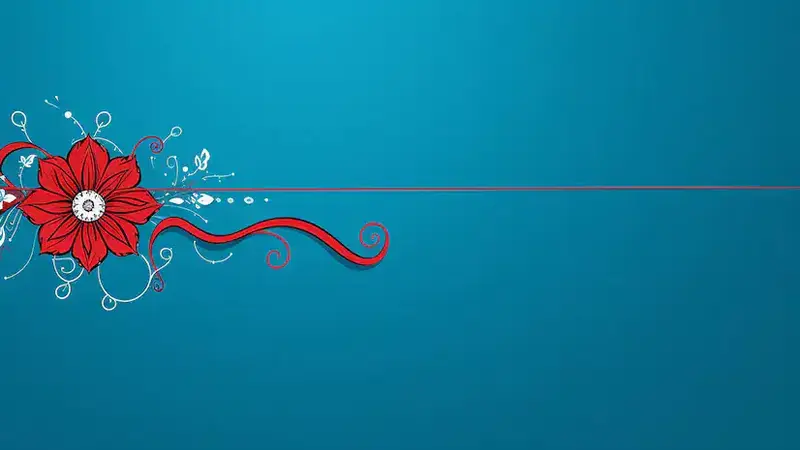In digital design, the importance of backgrounds cannot be overstated. They serve as the foundation upon which all other design elements are built, providing context, enhancing aesthetics, and influencing user experience. The concept of design:5exwzo_yaxi= backgrounds encapsulates the innovative approaches and techniques used to create backgrounds that are not only visually appealing but also functional and engaging. This article delves into the various aspects of designing effective backgrounds, exploring the principles, tools, and trends shaping this crucial visual design component.
The Role of Backgrounds in Design
Creating Context and Setting the Tone
Backgrounds play a vital role in establishing the context of a design. Whether it’s a website, a mobile application, or a marketing graphic, the background sets the tone for the entire visual presentation. A well-chosen background can convey a sense of professionalism, creativity, or playfulness, depending on the desired message. For instance, a background featuring soft pastel colors and subtle patterns might be ideal for a children’s website, while a sleek, dark background with geometric shapes could suit a tech startup.
Enhancing Visual Hierarchy
A thoughtfully designed background helps in creating a visual hierarchy, guiding the viewer’s eye to the most important elements on the page. By using contrast, color, and texture, designers can direct attention to headlines, calls to action, or key images. For example, a background with a gradient effect can create depth and focus, making foreground elements stand out more prominently.
Adding Depth and Dimension
Incorporating depth and dimension into backgrounds can make a design more immersive and engaging. Techniques such as parallax scrolling, where the background moves at a different speed than the foreground, create a sense of movement and depth. This approach not only enhances the visual appeal but also adds an interactive element to the user experience.
Principles of Effective Background Design
Simplicity and Minimalism
One of the key principles of effective background design is simplicity. A cluttered background can overwhelm the viewer and distract from the main content. Minimalist backgrounds, characterized by clean lines, ample white space, and restrained color palettes, help to maintain focus and clarity. The design:5exwzo_yaxi= backgrounds approach often emphasizes minimalism to ensure that the background complements rather than competes with the primary elements.
Consistency and Cohesion
Consistency is crucial in background design, particularly for branding purposes. A consistent background style across various pages or screens helps in creating a cohesive visual identity. This can be achieved through the use of recurring colors, patterns, and textures that align with the overall design theme. For example, a corporate website might use a consistent color scheme and subtle patterns in the background to reinforce its brand image.
Responsiveness and Flexibility
In today’s multi-device world, backgrounds must be designed with responsiveness in mind. A background that looks great on a desktop may not translate well to a mobile device. Therefore, it’s essential to create backgrounds that are flexible and adaptable, ensuring a seamless visual experience across different screen sizes and resolutions. Techniques such as scalable vector graphics (SVG) and responsive design frameworks can be employed to achieve this flexibility.
Tools and Techniques for Background Design
Graphic Design Software
Graphic design software like Adobe Photoshop, Illustrator, and Sketch are essential tools for creating custom backgrounds. These programs offer a wide range of features, including layer management, blending modes, and vector graphics, allowing designers to experiment with different styles and effects. For instance, Photoshop’s gradient tool can be used to create smooth transitions between colors, while Illustrator’s pattern creation tools enable the design of intricate background patterns.
Stock Images and Textures
Stock images and textures are valuable resources for background design, providing a quick and easy way to enhance visual appeal. Websites like Unsplash, Pexels, and Shutterstock offer a vast collection of high-quality images and textures that can be used as backgrounds or as part of a larger design. When using stock resources, it’s important to ensure that they align with the overall design theme and contribute to the desired aesthetic.
CSS and HTML
For web designers, CSS and HTML are fundamental tools for implementing backgrounds. CSS properties such as background color, background image, and background size allow for precise control over background styles. Additionally, CSS gradients and animations can add dynamic elements to backgrounds, enhancing user interaction. HTML5 also supports various background-related features, such as video backgrounds, which can create a more engaging visual experience.
Trends in Background Design
Gradients and Duotones
Gradients and duotones have made a significant comeback in recent years, offering a modern and vibrant approach to background design. Which involves the smooth transition between colors, and can add depth and interest to a design. Duotones, created by overlaying two contrasting colors, provide a bold and striking visual effect. These techniques are particularly popular in web and mobile design, where they can make interfaces more dynamic and visually appealing.
Abstract and Geometric Patterns
Abstract and geometric patterns are another trend in background design, providing a contemporary and artistic touch. These patterns can range from simple shapes and lines to complex, intricate designs. They add a layer of sophistication and creativity, making the background a more active component of the overall design. Abstract patterns are especially effective in minimalist designs, where they can serve as the primary visual element without overwhelming the viewer.
Parallax Scrolling and 3D Effects
Parallax scrolling and 3D effects continue to be popular trends in background design, creating a more immersive and interactive user experience. It involves the background moving at a different speed than the foreground, giving a sense of depth and motion. 3D effects, achieved through various design techniques and technologies, add realism and dimension to the background. These trends are particularly effective in storytelling and narrative-driven designs, where they can enhance the overall impact and engagement. Click here for more details.
Conclusion
The art and science of background design are integral to creating compelling visual experiences. The concept of design:5exwzo_yaxi= backgrounds underscores the importance of innovative approaches and techniques in crafting backgrounds that are not only aesthetically pleasing but also functional and engaging. By adhering to principles of simplicity, consistency, and responsiveness, and leveraging modern tools and trends, designers can create backgrounds that enhance the overall design and leave a lasting impression on the audience. As the field of digital design continues to evolve, the role of backgrounds will remain pivotal, shaping the way we perceive and interact with visual content.



